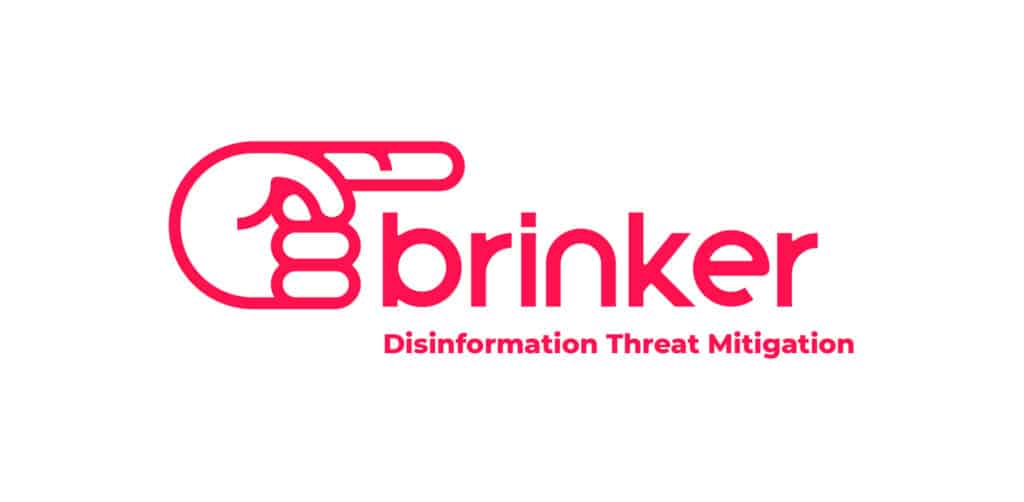In this post, Security Ledger contributor Or Katz of Akamai provides details of how malicious actors are abusing redirect vulnerabilities in popular web sites to boost the reputation of malicious sites they control. One recent attack involved the compromise of some 4,000 vulnerable web applications for the purpose of pumping up the search engine ranking of more than 10,000 malicious web sites, Katz reveals.
Malware
Report: CIA Fears the Internet of Things | Nextgov.com
A story by Patrick Tucker over at Nextgov.com picks up on some comments from Dawn Meyerriecks, the deputy director of the Central Intelligence Agency’s directorate of science and technology regarding the agency’s thinking about the Internet of Things. Meyerriecks was speaking at The Aspen Institute’s Security Forum on Thursday of last week in a panel on “The Future of Warfare.” Speaking about the topic of cyber warfare, she said that current debates about the shape of cyber war don’t address the “looming geo-security threats posed by the Internet of Things.” Meyerriecks cited the now-debunked Proofpoint report about smart refrigerators being used in spam and distributed denial of service attacks.” She also mentioned “smart fluorescent LEDs [that are] are communicating that they need to be replaced but are also being hijacked for other things.” Those might be some sensational (and dubious) examples, but Meyerriecks main point was more pedestrian: that we’re on the cusp of disruptive […]
Old Apache Code at Root of Android FakeID Mess
A four year-old vulnerability in an open source component that is a critical part of Google’s Android mobile operating system could leave mobile devices that use it susceptible to attack, according to researchers at the firm Bluebox Security. The vulnerability was disclosed on Tuesday. It affects devices running Android versions 2.1 to 4.4 (“KitKat”), according to a statement released by Bluebox. According to Bluebox, the vulnerability was introduced to Android by way of the open source Apache Harmony module. It affects Android’s verification of digital signatures that are used to vouch for the identity of mobile applications, according to Jeff Forristal, Bluebox’s CTO. He will be presenting details about the FakeID vulnerability at the Black Hat Briefings security conference in Las Vegas next week.
Report: AdWords Fraudbot Helps E-Commerce Firms Compete
One of the more interesting stories to come out this week is from Brian Krebs over at Krebsonsecurity.com. Writing on Friday, Krebs used his prodigious knowledge of the cyber underground to profile “GoodGoogle,” one of a growing number of specialized online fraud services that helps e-commerce firms target competitors by gaming Google’s AdWords feature. As you probably know, AdWords are one of Google’s biggest sources of revenue. They allow companies with products or services to sell to “bid” on words or phrases (like “Internet of Things”). Users who search on those terms will see hyperlinked ads to the right of their search results that link to a site of the advertiser’s choosing. Advertisers pay a premium to own popular (and lucrative) keywords – more than $40 per click for keywords like “loan,” “insurance,” “mortgage” or “attorney” depending on the word and time of day. Typically, advertisers set a certain daily budget […]
TRUST: Threat Reduction via Understanding Subjective Treatment
It has become obvious (to me, anyway) that spam, phishing, and malicious software are not going away. Rather, their evolution (e.g. phishing-to-spear phishing) has made it easier to penetrate business networks and increase the precision of such attacks. Yet we still apply the same basic technology such as bayesian spam filters and blacklists to keep the human at the keyboard from unintentionally letting these miscreants onto our networks. Ten years ago, as spam and phishing were exploding, the information security industry offered multiple solutions to this hard problem. A decade later, the solutions remain: SPF (Sender Policy Framework), DKIM (Domain Keys Identified Mail) and DMARC (Domain-based Message Authentication, Reporting & Conformance). Still: we find ourselves still behind the threat, rather than ahead of it. Do we have the right perspective on this? I wonder. The question commonly today is: “How do we identify the lie?” But as machine learning and data science become the new norm, I’m […]






